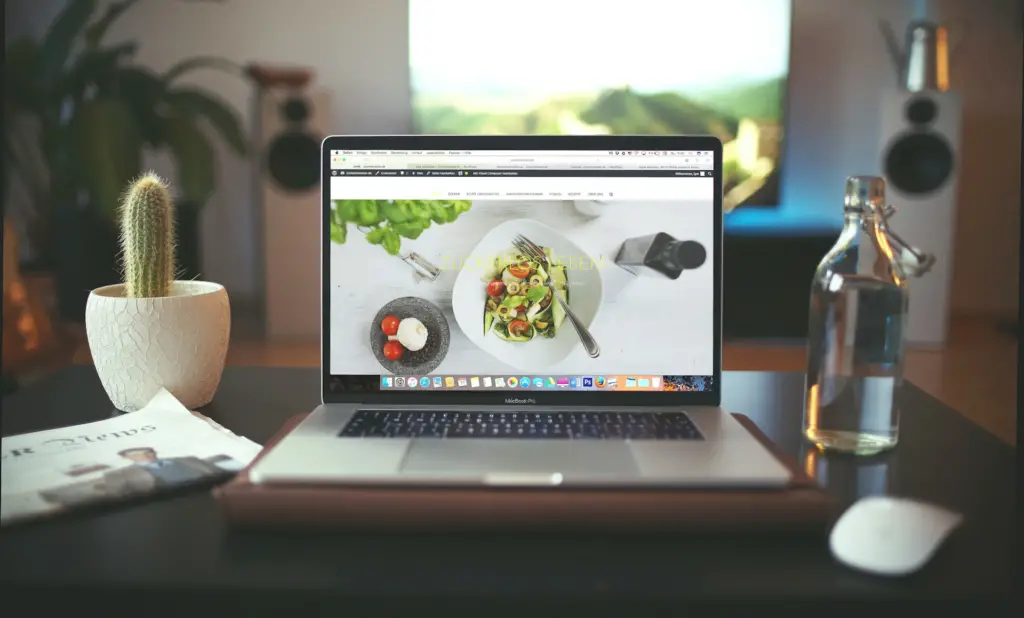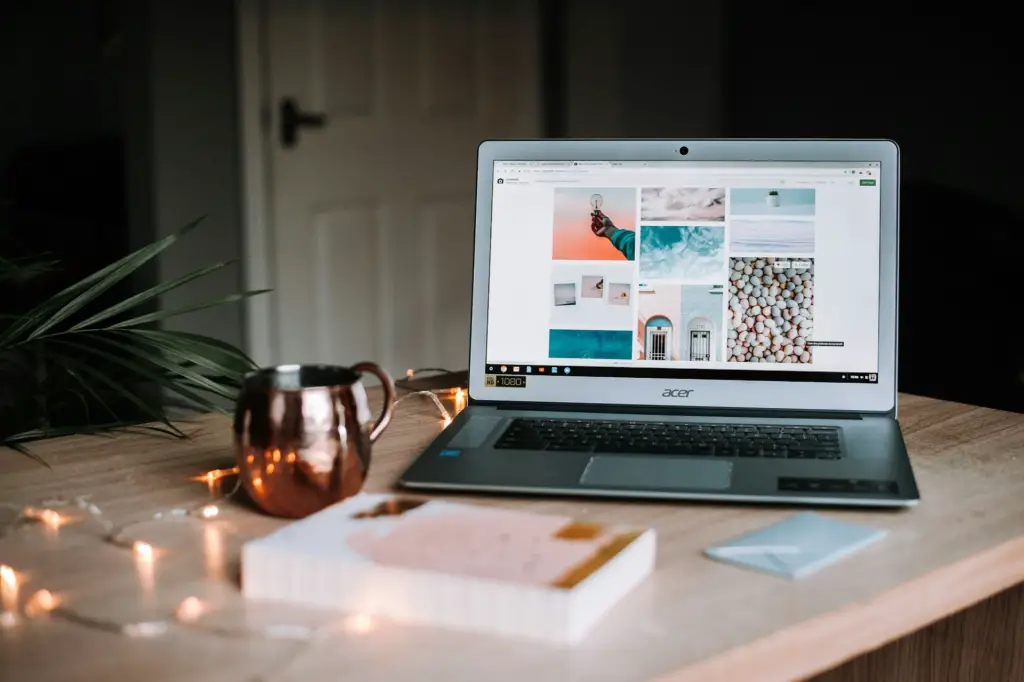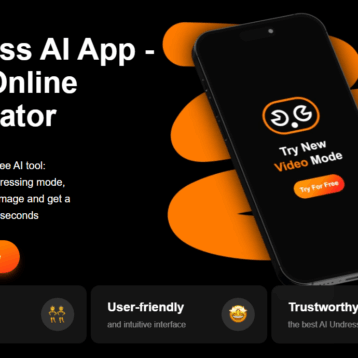
The world of web design never stands still. Every year, new trends come along that shake up the industry and force the people in it to do things differently.
2024 is no different. Even though we are still only a few weeks into the year, there are already all sorts of things happening, changing how people use the internet.
What’s great about these new trends is how they impact the user experience. Websites are no longer the static objects they once were. Now, they can adapt and change depending on the user’s underlying characteristics or requirements.
So, what’s been happening? Let’s take a look.
More Sustainable Designs
One of the most significant changes is the increasing focus on sustainability. Companies want websites that help them meet their sustainability objectives and appeal to their audiences.
That doesn’t just mean posting pictures of palm trees on the home page. Instead, it involves seeking ways to reduce energy consumption.
One option is to start on the hardware end. Website designers are working with hosting providers who use renewable energy to power their rigs.
However, numerous modifications are being made on the software side of things too. For instance, web designers are finding ways to optimize website performance to reduce energy consumption. Finding front-end techniques to reduce energy consumption can make a significant difference without capital outlay.
Designers are also leveraging websites for sustainability messaging. Incorporating these elements into the design can help users minimize browsing impact.
Micro Interactions
We’re also seeing web designers focus more on developing micro-interactions to pages. These add a subtle layer of depth to websites, encouraging people to stay longer.
Most micro-interactions take the form of attractive graphics that light up when users hover their cursors over them (similar to the sparkling “Subscribe” button YouTube now deploys every time a video mentions signing up). These little touches add polish to interfaces and give users the impression that the site is professional.
However, web designers are also including new forms of micro-interactions they hope will also appeal to users in 2024. For example, many are now implementing subtle page transition effects. These help to join up pages instead of making them feel separate (which is what most websites do). Some web designers are also using PHP scripts to create more comprehensive page animations that respond to user inputs. These can be particularly helpful when navigating data or complex topics.
Ultimately micro interactions make using the website feel more rewarding. Users get a game-like experience that encourages them to delve deeper.
Emotional Design

Emotional design is another strong trend we are seeing in website design in 2024. Professionals are discovering the power of narrative to help brands sell their products and get ahead.
Emotional design essentially means telling a story. Companies are seeing that taking users on a journey is one of the best ways to sell a product.
Web designers are using this insight to change how they approach web pages. Design elements now complement the brand image and assist with the overarching narrative of the firm, whatever that happens to be.
The goal is to evoke an emotional response in the audience. The greater the impact, the more engaged users will become.
Immersive Elements
2024 is also the year of immersive elements in website design. Designers are looking for ways to draw people into pages more instead of leaving them as static features on their desktop computers.
One method being explored in VR. Web designers are creating websites that offer scaled three-dimensional environments, enabling users to explore them more fully.
Another method is to add 3D elements to visualizations instead of static images. For example, car companies will now provide product pages where users can explore their vehicles from every angle to decide whether they like how they look, a technique a web designer could apply to any product.
We’re also seeing the growth of more interactive website elements. For example, web designers are going beyond forms to include things like live chat with human reps and bots. These draw users in and help them trust the domain more.
Bold Typography
Web designers are also seeing more requests for bolder typography that helps brands differentiate themselves from the competition. Changing fonts can be an excellent way to boost conversions and make a company more memorable.
The trend towards boldness began in earnest many years ago as a rebellion against the minimalist website design principles that dominated the 2010s. While these offered users a futuristic and simple aesthetic, brands found it hard to stand out.
Now website designers are doing a little bit of both. Most of the website is still minimalistic, but the brand font is more artistic and emotional. This way, users can navigate pages with ease while enjoying a more tailored and unique experience.
Denser Graphics
Dense graphics are another trend of note recently. Instead of leaving vast areas of pages blank, website designers are including more images and patterns to excite and entertain users.
The goal of this move is to make websites more visually captivating. Web designers want to pique the interest of people arriving from search results immediately to foster more dwell time and better SEO. Furthermore, designers are using these more detailed designs to complement the brand story. The more they can support the narrative, the better.
Visible Borders
Another trend we are seeing in web design is the return of visible borders. These were popular in the 1990s, but are slowly making their way back in 2024 as designers look for opportunities to make their clients’ websites unique.
Visible borders are helpful for several reasons but the main one is how they assist navigation. Users can find their way around sections of the website more easily when the interface puts them on rails.
AI-Powered Design
Finally, many websites are beginning to incorporate AI as the technology improves and develops. Systems can optimize page parameters and perform A/B testing in the background, freeing up designers and staff to focus on other value-added tasks. Ultimately, AI will facilitate full user personalisation and content generation.










